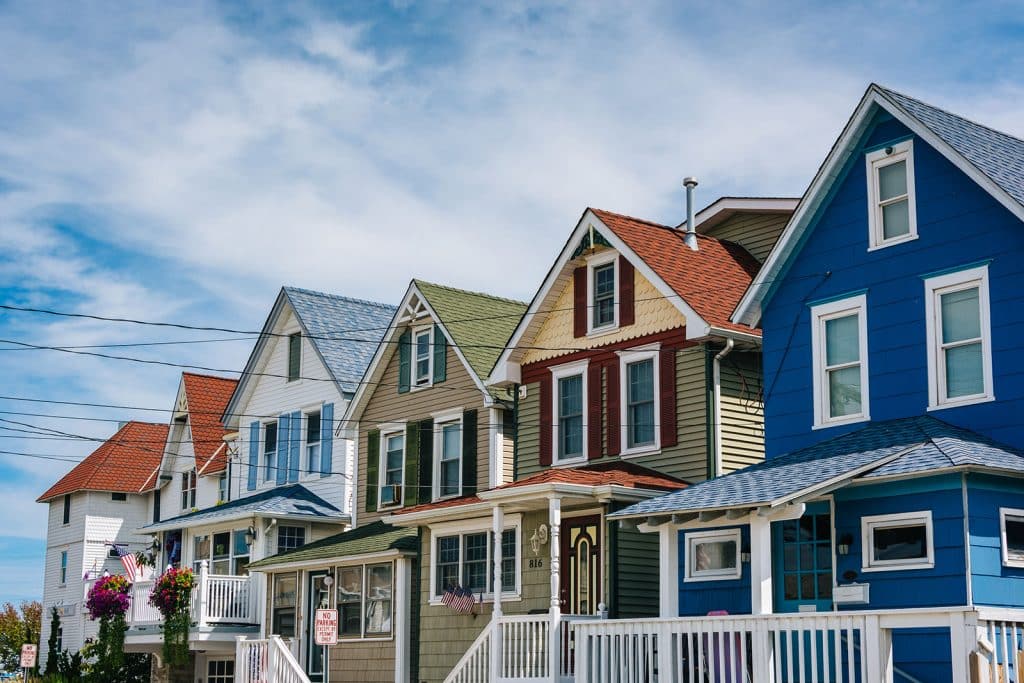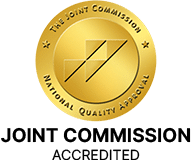If you’re looking for drug treatment, you should know that New Jersey has hundreds of drug rehabilitation centers, including Garden State Treatment Center, which offers outpatient treatment, partial care, and intensive outpatient treatment. You don’t have to continue to live with your active drug addiction. You can get help and avoid becoming one of the more than 2,000 confirmed overdose deaths that have occurred so far in New Jersey, according to OCSME.
Table of Contents
- 1 New Jersey Overdose Statistics by Race
- 2 New Jersey Overdose Deaths by Gender
- 3 New Jersey Overdose Deaths by Age
- 4 Young Adult Drug Substance Use Disorder By Substance
- 5 Substance Use and Abuse Statistics for Ages 12 and Older
- 6 New Jersey Treatment Statistics by Drug
- 7 New Jersey Workforce Statics of Admitted Individuals
- 8 Admissions by Living Arrangement
- 9 New Jersey Admissions by Judicial System Status
- 10 Admission by Insurance Status
- 11 Substance Use Disorder Admissions by Referral Source
- 12 Admission Statics by Number of Drug Treatment Admissions
- 13 Getting Help at Garden State Treatment Center in New Jersey
New Jersey Overdose Statistics by Race
Drug addiction is a problem for all races, not Caucasians or African Americans. You may be surprised to find out that there have been:
- 1,297 overdose deaths in white people so far in 2022
- 631 overdose deaths in black or African American people
- 331 overdose deaths in the Hispanic population of New Jersey
- 27 overdose deaths in the New Jersey Asian population
New Jersey Overdose Deaths by Gender
Drug overdose deaths tend to affect the male population of New Jersey more than other genders. So far, in 2022, there have been 1,716 overdose deaths in males, 622 overdose deaths in females, and 2 transgender overdose deaths, according to OCSME.
New Jersey Overdose Deaths by Age
Most overdose deaths occur in individuals between the ages of 25 and 64. So far, in 2022, there have been 2065 suspected overdose deaths in this age bracket.
- 25 – 34 – 428 suspected overdose deaths
- 35 – 44 – 569 suspected overdose deaths
- 45 – 54 – 540 suspected overdose deaths
- 55 – 64 – 528 suspected overdose deaths
Young Adult Drug Substance Use Disorder By Substance
Young adults are considered those between the ages of 18 and 25. These are the fundamental years for adults. They are learning to handle life independently with less help from their parents, and they may be more inclined to try new things, including drugs. If you have a young adult in your life or are a young adult who thinks they may be developing a drug or alcohol dependency problem, these are the years to seek help so that you can live a happy and productive middle and late adult life. SAMHSA states that between 2017 and 2019, a certain percentage of young adults were diagnosed with a substance use disorder
- Marijuana Use Disorder – 6 percent
- Opioid Use Disorder – .5 percent
- Illicit Use Disorder – 6.9 percent
- Binge Alcohol Use Disorder – 41.2 percent
- Alcohol Use Disorder – 9.2 percent
- Substance Use Disorder – 14.2 percent

Substance Use and Abuse Statistics for Ages 12 and Older
Substance use disorder does not discriminate according to age. Children as young as 12 and adults as old as 74 can have substance use disorder.
- Marijuana Use Disorder – 1.2 percent
- Heroin Use Disorder – .56 percent
- Prescription Pain Pill Use Disorder – 3 percent
- Opioid Use Disorder – .9 percent
- Illicit Use Disorder – 2.4 percent
- Alcohol Use Disorder – 4.2 percent
- Substance Use Disorder – 6.1 percent
New Jersey Treatment Statistics by Drug
If you have or suspect you have substance use treatment disorder, you can get help. According to the New Jersey Substance Abuse Monitoring System, 46,768 people sought drug addiction treatment in 2020.
- Alcohol – 26,674 or 32 percent
- Heroin – 34,007 or 41 percent
- Opiates, Not Heroin – 5,459 or 7 percent
- Cocaine – 4,294 or 5 percent
- Marijuana – 7,409 or 5 percent
- Intravenous Drug Users – 22,373 or 27 percent
New Jersey Workforce Statics of Admitted Individuals
Even if you are unemployed, a student, or out of the workforce, you can get help for your substance use disorder. 58,036 individuals, or 88 percent of admissions into drug treatment programs, were below the federal poverty level, according to the New Jersey Substance Abuse Monitoring System.
- Unemployed – 20,888 or 64 percent of drug-related admissions were unemployed
- Student – 949 or 1 percent of drug-related admissions were students
- Not Participating in the Laborforce – 37,040 or 45 percent of drug-related admissions were not in the workforce
- Employed Fulltime – 23,307 or 28 percent of drug-related admissions were employed in full-time positions
Admissions by Living Arrangement
You don’t have to live independently when getting treatment for your substance use disorder. 19,588 individuals who were admitted into a drug treatment program in New Jersey were either homeless or living in a dependent situation, according to the New Jersey Substance Abuse Monitoring System.
- Homeless – 7751 or 9 percent
- Dependent or Supervised Living – 11,837 or 14 percent
- Living Independently – 62,582 or 76 percent
New Jersey Admissions by Judicial System Status
If you’re worried that you can’t get treatment due to a pending legal case or being on parole, you should know that 42,153 individuals sought treatment for substance use disorder while having legal cases or being on parole.
- Pending Legal Case – 8,164 or 10 percent
- On Probation – 13,728 or 17 percent
- Has a DUI License Suspension – 4,325 or 5 percent
- Case in Drug Court – 9,325 or 11 percent
- Case in Family Court – 4,704 or 6 percent
- Other Type of Legal Case – 1,907 or 2 percent
- No Legal Issues – 43,203 or 53 percent
Admission by Insurance Status
If you need treatment for substance use disorder, you might think it’s unaffordable if you don’t have insurance. The truth is that you can get treatment if you do not have insurance, are on Medicaid or Medicare, or have private insurance.
- No Health Insurance – 14,667 or 18 percent
- Medicare Insurance – 1,585 or 2 percent
- Medicaid Insurance – 54,895 or 67 percent
- Private Insurance – 17,526 or 21 percent
- Other Types of Health Insurance – 1,688 or 2 percent
Substance Use Disorder Admissions by Referral Source
Did you know that you can refer yourself to a drug rehabilitation program, refer a family member or friend, or be referred to by a government agency or addiction services program? The truth is that people enter treatment from a variety of different sources.
- A Corrections Related Program – 17,045 or 21 percent
- A Mental Health Program/Provider – 729 or 1 percent
- A Social Services Agency – 2,377 or 3 percent
- An Addiction Services Program – 12,032 or 15 percent
- CPSAI – 1,844 or 2 percent
- Family or Friend – 2,396 or 3 percent
- IDRC – 3,042 or 4 percent
- NJ/IME – 715 or 1 percent
- Self – 35474 or 43 percent
- Other Type of Referral – 6,600 or 8 percent
Admission Statics by Number of Drug Treatment Admissions
Even if you’ve been to drug rehab before, you can still enroll yourself in another program if you’ve relapsed.
- First Admission – 28,611 or 61 percent
- Second Admission – 9,892 or 21 percent
- Three or More Admissions – 8,265 or 18 percent
- Unduplicated Admissions – 46,739
- Total Admissions for 2020 – 82,254
Getting Help at Garden State Treatment Center in New Jersey
We can help you overcome your substance use disorder with our evidence-based treatment approach and commitment to your lasting substance use disorder recovery. We offer partial care, intensive outpatient programs, standard outpatient treatment, Evening IOP, and dual diagnosis. We even have an alumni program.
Give us a call today to learn more about our drug rehabilitation treatments!
Published on: 2022-10-31
Updated on: 2024-02-16



